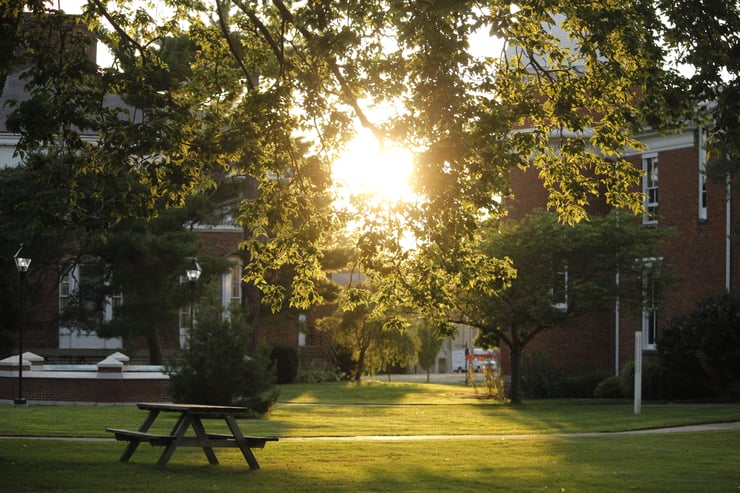Full disclosure: I missed the opening session of the 2016 AMA Symposium on Higher Education.
Big mistake.
From the time I made it to the conference floor Monday afternoon to my flight home on Wednesday—where I not surprisingly found myself seated next to one of my fellow 1,200 conference-goers—everyone I ran into wanted to talk about Richard Edelman’s keynote from Monday morning. I experienced a feeling much worse than FOMO; it was KIMO—Knowing I’d Missed Out.
I frantically sought to catch up, and learned that Edelman— President and CEO of the eponymous global communications marketing firm—hadn’t pulled any punches in laying out his thoughts on the critical crossroads facing higher education today. In his words, “You have a choice: You can be a convener seeking solutions, [or] a refuge to hide from them.”
Edelman’s research shows a society in which public trust of governments, corporations, and the media has hit an all-time low, fueling a preference for peer-to-peer communication over traditional top-down news dissemination. Edelman called on colleges and universities to assume the role of a “Fifth Estate” by forming their own media operations, which report on how their institutions are contributing to finding solutions to the world’s critical problems; and providing platforms for objective public discourse.
As I made my way through many sessions and workshops over the following few days, I was struck by how the tone and message of Edelman’s speech was echoed throughout the conference. Presenters from both inside and outside of higher education projected a sense of urgency for marketing and communications professionals to take a more proactive role in how they position their institutions to serve as agents of societal change.
- SUNY Chancellor Nancy Zimpher spoke to the challenge of developing meaningful higher education brands, and said that to do so an institution must ask itself: “What is the relationship between our university and the world in which we live?” She described how SUNY uses the concept of “systemness” to drive a unified vision in which the power of the whole is greater than the sum of its parts.
- Ajay Nair, Senior Vice President and Dean of Campus Life at Emory University, used a similar metaphor in “Shakti”—a Hindu concept that speaks to “the energy that connects us.” He provocatively stated that colleges and universities are falsely marketing themselves when they are not open and honest about the challenges they face in today’s society, and advocated for institutions to shift focus from promoting diversity to practicing cultural humility; that is, teaching and modeling how to communicate in a “civil, generous, and responsible way.”
- And James Kane, author and expert on customer loyalty, said that in order to achieve true brand loyalty, institutions must satisfy their constituents’ foundational human need to seek a sense of trust, belonging, and purpose. To do so, colleges and universities must understand—and then provide—the types of experiences that make their students’, faculty’s, and alumni’s lives safer, easier, and better.
It was certainly some heavy stuff to consider. The many questions posed and ideas generated during this conference will definitely make their way into SimpsonScarborough strategy and practice in 2017. While we’re not sure exactly how that will happen just yet, one thing I do know is that I’ll be booking an earlier arrival when next year’s conference rolls around.











